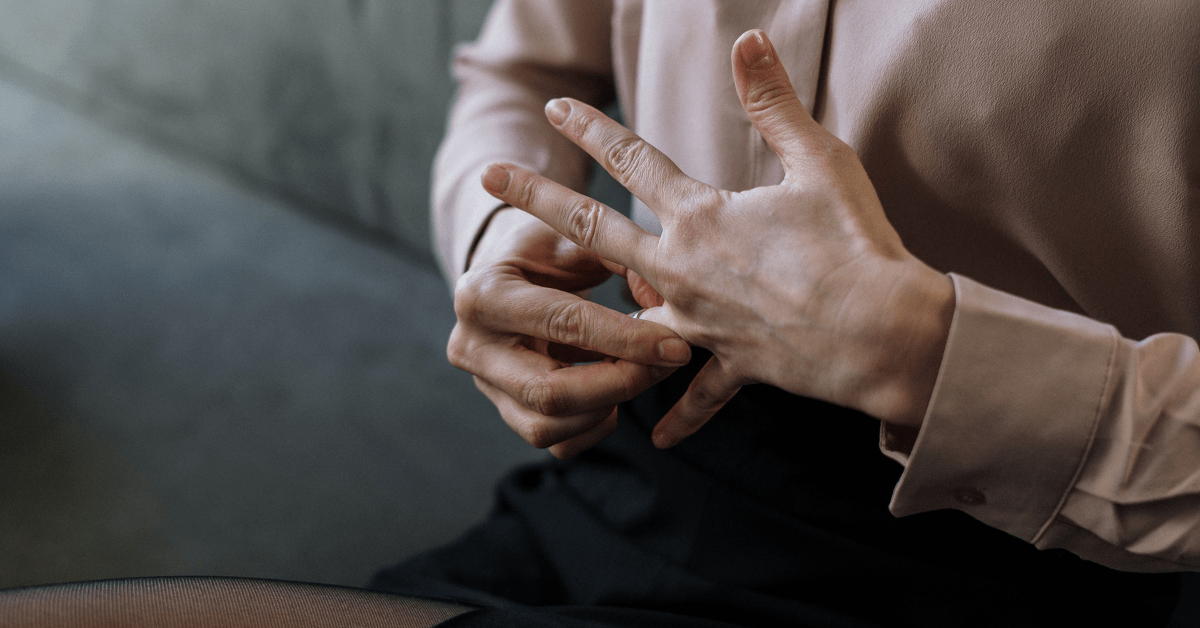Each and every day, we have things that bother us. It’s traffic. It’s a coworker. It’s even a bad mood simply because of something we can’t explain.
Stress has a way of negatively affecting the body. Suddenly, we have aches and pains throughout our neck and back. We’ve got a wrinkle that won’t quit across our foreheads. And we’re short-tempered enough that if one person says something wrong, we’ll snap.
We have to learn how to let it all go. When we can manage stress, we can manage to be more positive. Positivity has a way of manifesting happiness and good fortune within our lives.
Practicing mindful meditation is one of the easiest ways to learn how to let it all go.
What is Mindfulness?
Mindfulness is a quiet form of meditation where you focus on your surroundings. Your goal is to tune out all that is around you so that you can live in the moment.
What are you feeling?
What are you smelling?
What are you sensing?
Mindfulness allows you to practice various breathing methods and even go through guided imagery. It’s designed to relax the body and the mind. As you relax, you can feel the stress melt away out of your mind and out of your extremities.
As you are guided through the mindfulness exercises, there’s no one to judge or interpret what’s happening. There is no right or wrong answer to what you’re feeling or sensing. You simply answer based on how you feel in the moment.
Often, we are always so busy that we forget to stop and take a deep breath. We’re busy with planning and solving problems and talking and thinking. It can be overwhelming – and it requires our mind to work in overdrive. All of this can drain our energy. What happens next is that our bodies are faced with stress, anxiety, and even depression.
Meditation is a chance to slow down and regain our energy. It allows us to balance our lives and accept more of what’s going on in our lives.
The Benefits of Meditating for 15 Minutes a Day
Most people would say that they don’t have time to meditate. They’re just too busy. Nonsense. It only takes 15 minutes, and everyone can benefit from mindful meditation.
You can find the 15 minutes anywhere within your day. It can be first thing in the morning so that you can center yourself. It can be in the middle of the workday as you break for lunch. It can even be at the end of the night, right before you tuck yourself into bed.
The benefits are huge, and you’ll want to discover them for yourself.
You can improve a number of medical conditions:
- Insomnia
- High blood pressure
- Diabetes
- Depression
- Asthma
You’ll also find that when you’re not riddled with stress and anxiety, you’re able to hold your focus longer. This can lead to more productivity and an improved attention span. When you’re focused, you can enjoy your job and decrease the likelihood of burning out.
Making the time to meditate will be a great way for you to take a vacation from your thoughts from time to time. You’ll find that it can be the time of day that you look forward to the most.
And these benefits apply to everyone. Even kids and teens can practice mindful meditation. After all, everyone needs to learn how to let stress go.
Tips for Practicing Mindful Meditation
Mindfulness is something that you can practice anywhere. It’s all about tuning out the rest of the world so that you can be “in the moment.” This can be done while you’re brushing your teeth, eating lunch at a restaurant, or even driving to work.
Meditation, however, requires a bit more time and energy. If you can carve 15 minutes out of your day, it can give you the restorative powers that are needed. And, if you can extend those 15 minutes to 30 or even 45 minutes on occasion, it will be even better for you.
Find a quiet place to sit down. If you can be outdoors, it will allow you to take deep, cleansing breaths of fresh air. If you cannot be outdoors, find a place indoors where you won’t be interrupted.
Silence everything around you. Turn off the TV or radio. If the area is too loud, either with people talking in the next room or traffic zooming by, put on headphones to help you tune everything else out.
Be comfortable. You’ll want to sit on the floor or in a chair. Find a good cushion so that you’re not constantly thinking about the discomfort that you’re in than being mindful of everything around you.
Don’t judge yourself. There are no rules to meditation, so you can find what works for you. If your mind wanders, let it. If your hands drop to your side, let them. Simply relax and let your body and mind do what it wants. If you find your mind wandering too much, practice making observations without reacting to them.


















